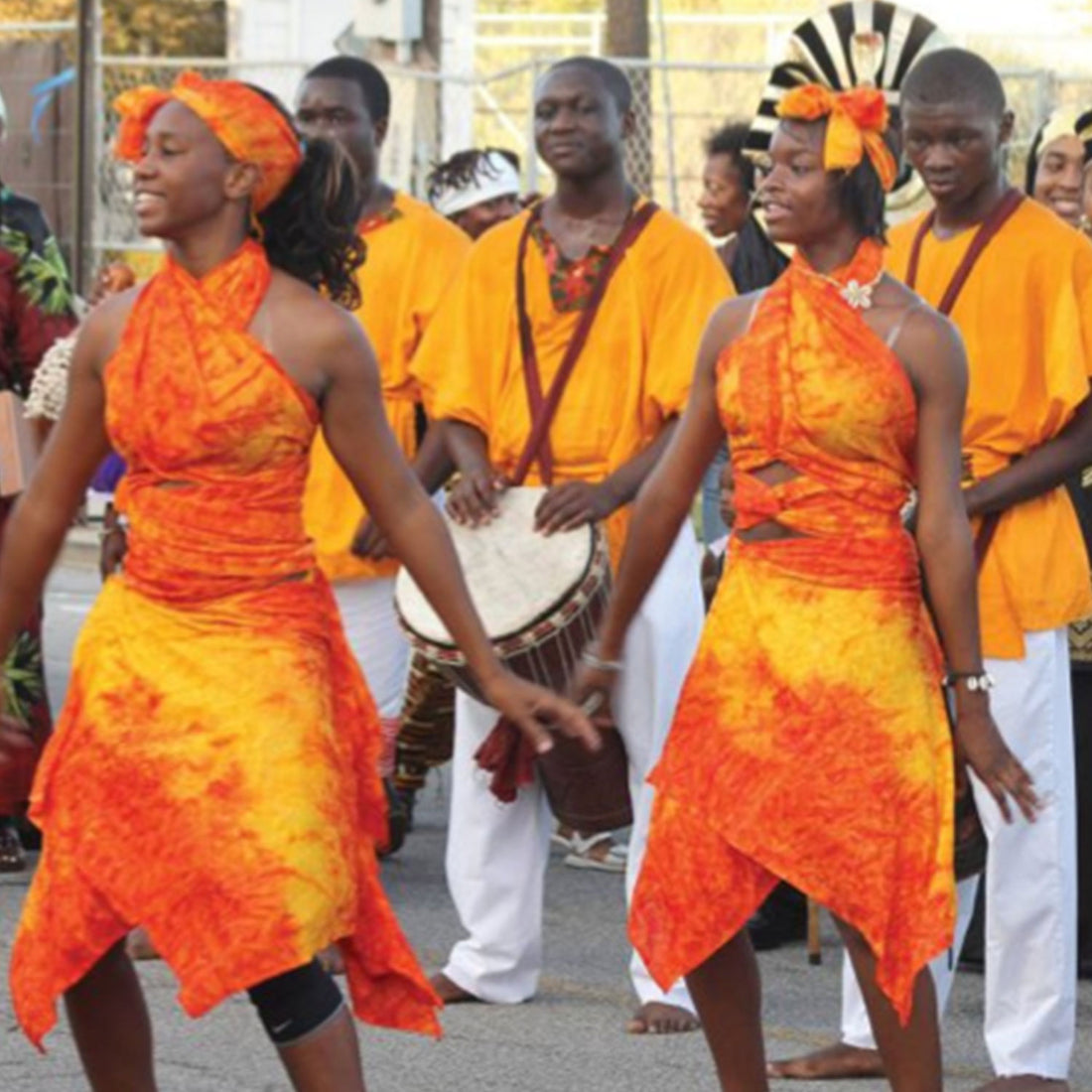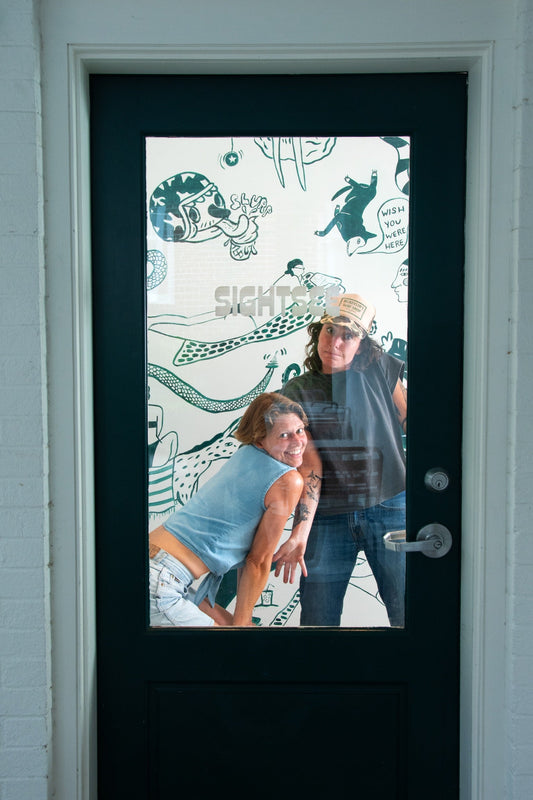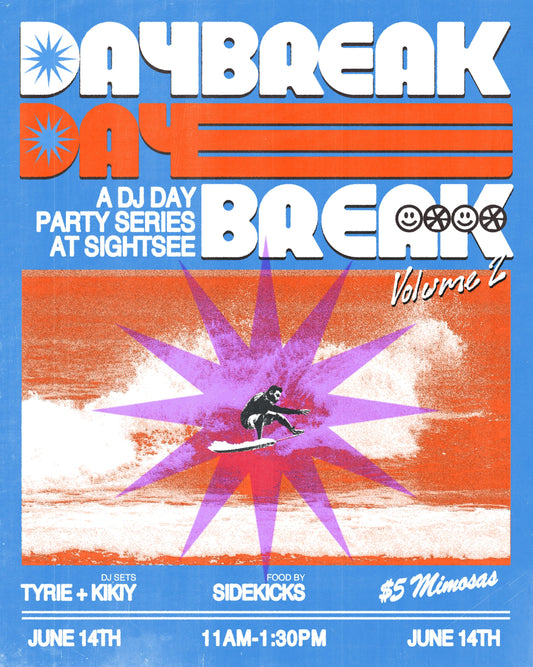
History and Culture - Charleston SCEIRC Report
Team SightseeShare
On June 9th, 2020, the City of Charleston created the Special Commission on Equity, Inclusion, and Racial Conciliation "focused on the creation of measurable outcomes, promotion of greater accountability, and coordination of community wide efforts to achieve racial equity in our community."
In August, 2021, the SCEIRC released its recommendations. The complete, official document can be found here. In the interest of public consumption, we have translated the hard-to-read tables embedded in the report into bullet-pointed lists.
Each of the following areas of SCEIRC focus are outlined in separate posts:
- Criminal Justice Reform
- Economic Empowerment
- Health Disparities and Environmental Justice
- History and Culture
- Housing and Mobility
- Internal Review
- Youth and Education
This post is dedicated to History and Culture and contains the stated Long-term goals, Objectives, Strategies, and Actions from the report.
The report contains the following additional details for each Action: Performance Measures, Evaluation Tools, Lead Staff, Oversight, and Due Date. Those have been omitted here for brevity.
____
LONG-TERM GOAL: Catalogue and articulate a more comprehensive history of Charleston that increases public awareness and public representation of the histories and cultures of local BIPOC (Black, Indigenous, and Other People of Color) individuals and communities.
OBJECTIVE: Intentionally promote and invest in the public presentation, celebration, and memorialization of the history and culture of local BIPOC (Black, Indigenous, and Other People of Color) individuals and communities in and around the City of Charleston.
- Strategy: Establish a formal process for reviewing, adding, and removing public art installations.
- Actions:
- Create a board of public art review (similar to the Board of Architectural Review) that will:
- Assess, review, and update existing inventories of public art installations (see Appendix A-- Brockington and Associates "Phase I Surveys of Monuments in the Charleston Historic District"; Appendix B-- Gibbes Art Museum Inventory of City of Charleston Art Collection; Appendix C-- SCDAH Inventory of Charleston County Historic Markers; Appendix D-- Historic Charleston Foundation Monuments Survey Summary; Appendix E-- Historic Charleston Foundation Monuments Survey)
- Assess and review the propriety of removing or re-contextualizing existing public art installations, using the following categories of assessment:
- historical context
- content
- impact on the community
- demographic representation (i.e. race, gender, class, sexual identity, gender identity, disability, age, etc. )
- Assess and accept/reject future proposals for public art installations on city grounds using the following categories of assessment:
- historical context
- content
- impact on the community
- demographic representation (i.e. race, gender, class, sexual identity, gender identity, disability, age, etc. )
- Establish a mechanism for soliciting suggestions from the public for addition, removal, and re-contextualization of public art installations. (For examples of future markers for the City of Charleston and methods used by other cities to solicit public input see Appendix F-- SCEIRC History and Culture Subcommittee Recommended Future Markers, Monuments, and Memorials; Appendix G-- Monument Lab's Report to the City of Philadelphia;Appendix H-- Report to the City of New York by the Mayoral Advisory Commission on City Art, Monuments, and Markers)
- Strategy: Address historic economic inequities in the ability of BIPOC (Black, Indigenous, and Other People of Color) communities to commission and erect permanent and temporary public art installations.
- Action: Establish a cultural reparations fund to support projects originating among underrepresented BIPOC groups and/or allies either through a tax on large scale development projects or a designated portion of the accommodations tax to stimulate memorials, makers, and monument equity. (For an example of the need for such funds see Appendix I - Grimke Brothers Historical Marker Letter)
- Strategy: Give agency to constituents of city council districts to decide what and whom to celebrate in their named public spaces.
- Action: Establish a mechanism for community-generated naming and renaming of public spaces-- including but not limited to parks, streets, and buildings. (For example a community-generated petition to rename a public space, see Appendix J--Letter from Wagener Terrace Neighborhood Association)
- Strategy: Integrate complex and nuanced histories that highlight BIPOC (Black, Indigenous, and Other People of Color) histories and cultures into public school curricula.
- Action: Invest in educational initiatives through partnerships between relevant city departments and city commissions, Charleston and Berkeley County School Districts, local colleges and universities, and relevant local cultural/non-profit organizations.
- Strategy: Integrate complex and nuanced histories that highlight BIPOC (Black, Indigenous, and Other People of Color) histories and cultures into city tours.
- Action: Revise the city tour guide manual and update the content of tour guide licensing test to include and highlight this history.
- Strategy: Expand historical and cultural awareness about public art and its various meanings to diverse communities.
- Action: Host or co-host public discussions and/or public programs to address issues raised by controversial art, memorials, monuments, or markers and to promote nuanced conversations—featuring diverse voices in terms of gender, ethnicity, and race-- about these public art installations.
- Strategy: Use digital content and new technologies to make the city’s public art installations more accessible to the public.
- Action: Partnership with local colleges and universities and local businesses and organizations to invest in and implement programs for the use of digital and new technologies that make the city's public art installations (including, but not limited to the city's art collection in City Hall, monuments, markers, and memorials) more accessible to the public.
___
The report contains the following introduction before listing the recommendations:
The History and Culture Subcommittee of the City of Charleston’s Special Commission on Equity, Inclusion, and Racial Conciliation is pleased to present its final report and recommendations.
This report is the product of six months of biweekly meetings, extensive hours of research, and robust discussions with organizational leaders and subject-matter experts on topics related to equity, inclusion, racial conciliation, and the history and culture of our city. To gain additional insights, we also examined best practices of other cities.
Our recommendations reflect the collective desire of the subcommittee members to see the City of Charleston tell a more comprehensive history of Charleston that increases public awareness and public representation of the histories and cultures of local BIPOC (Black, Indigenous, and Other People of Color) individuals and communities. We also believe the City of Charleston should intentionally promote and invest in the public presentation, celebration, and memorialization of the history and culture of local BIPOC individuals and communities.
To that end we have provided seven (7) recommendations in our final report that address the gaps we have identified in the city’s current offerings on the history and culture of local BIPOC individuals and communities.
Though each recommendation is important, we wish to emphasize our first recommendation: the creation of a board of public art review. At present, the City of Charleston does not have a centralized process for reviewing, adding, and removing historic markers, monuments, memorials, and other public art installations. A formal board of public art review would remedy this oversight and provide a single-source for constituents to contact with concerns and ideas about monuments, markers, memorials, and other public art-pieces in our city. This board would also have the authority to make decisions about these items, using a method of assessment that is based on best practices of other cities and standards utilized by subject-matter experts. We strongly encourage the City of Charleston to accept this recommendation, and to rely upon subject-matter experts and appropriate city staff to identify the structure and composition of this board. We have provided some guidelines for the type of work this board should perform. We hope the city will consider these when determining the structure and member-composition of the board.
Additionally, we would like to mention a point that is not included in our formal recommendations but serves as a statement of solidarity with members of other subcommittees on a matter of central importance to this work. We are proud of the work we have accomplished through our 90+ day special commission, but we acknowledge the work that still needs to be done. We have only touched the tip of the iceberg of the very important—and necessary—work toward equity, inclusion, and racial conciliation in our city. The road ahead may be long, but we believe it will be made infinitely more manageable with the creation of a permanent Commission on Equity, Inclusion, and Racial Conciliation. We fully support the creation of such a commission and the concomitant hire of staff members to assist the City Manager of Equity, Inclusion, and Racial Conciliation in this important work.
___
Hero image credit:
Screenshot from History & Culture secion of report.



